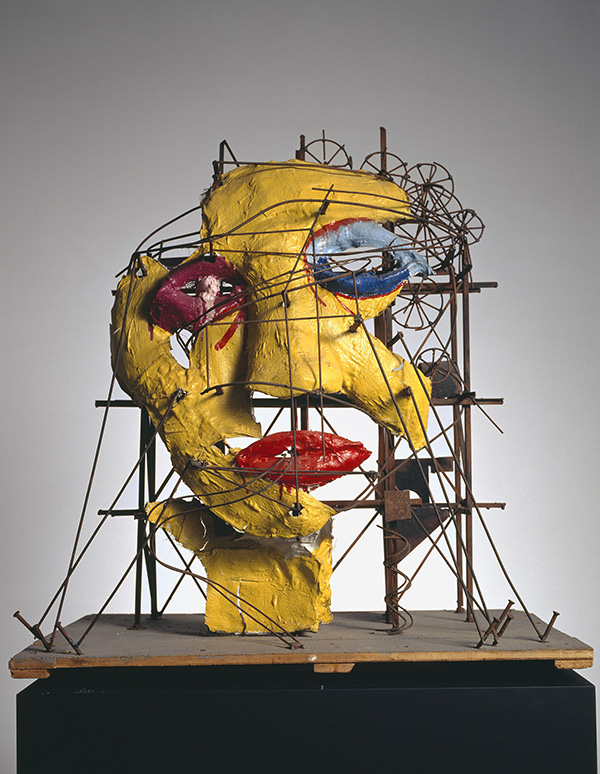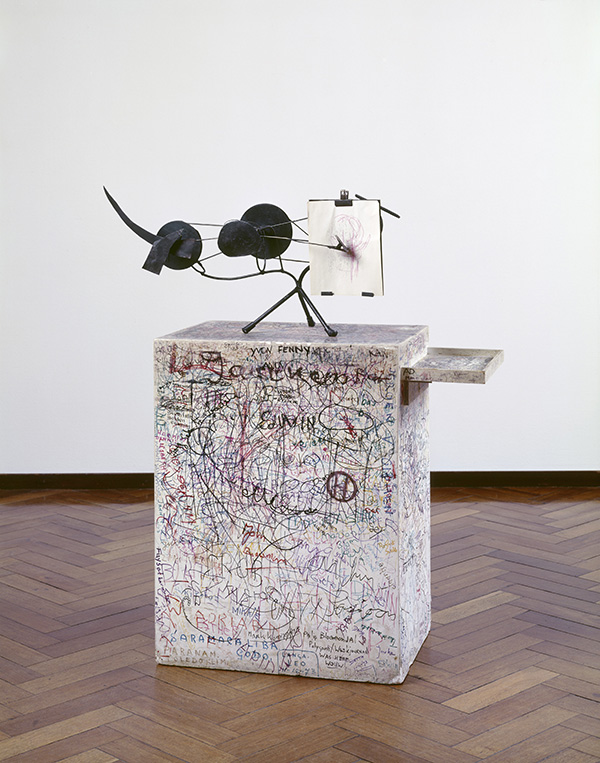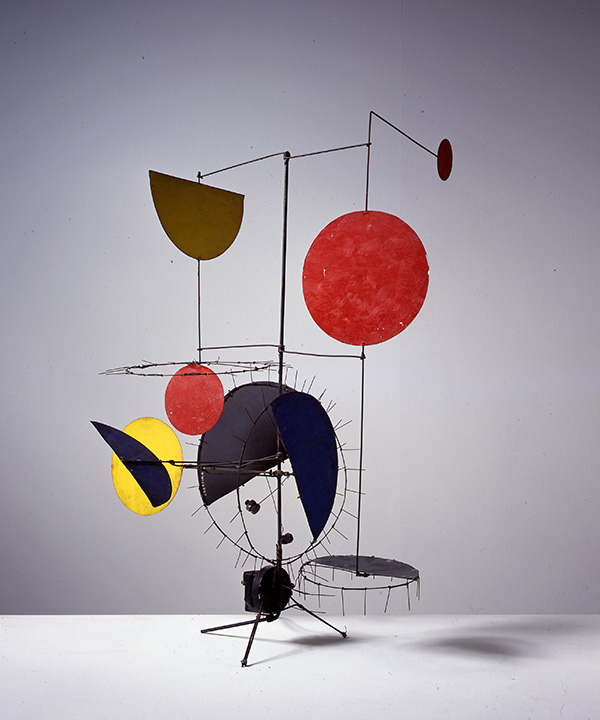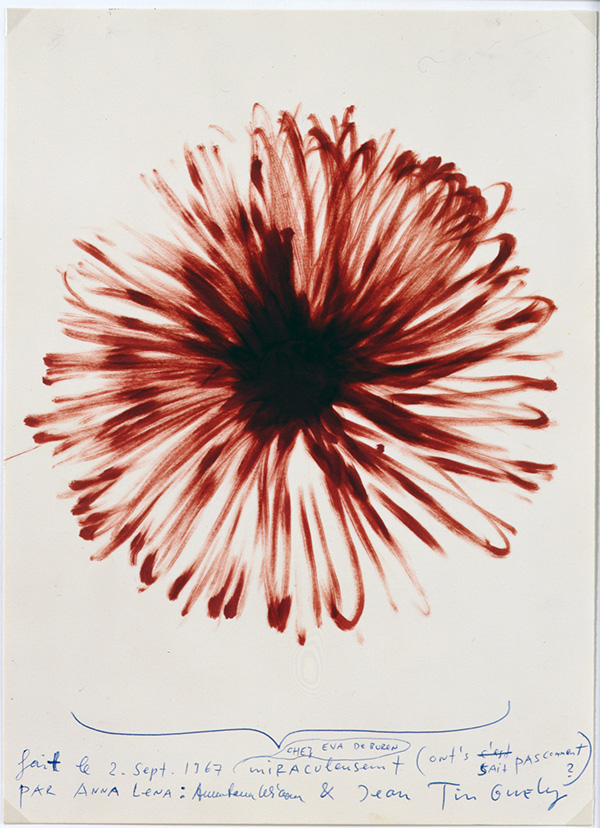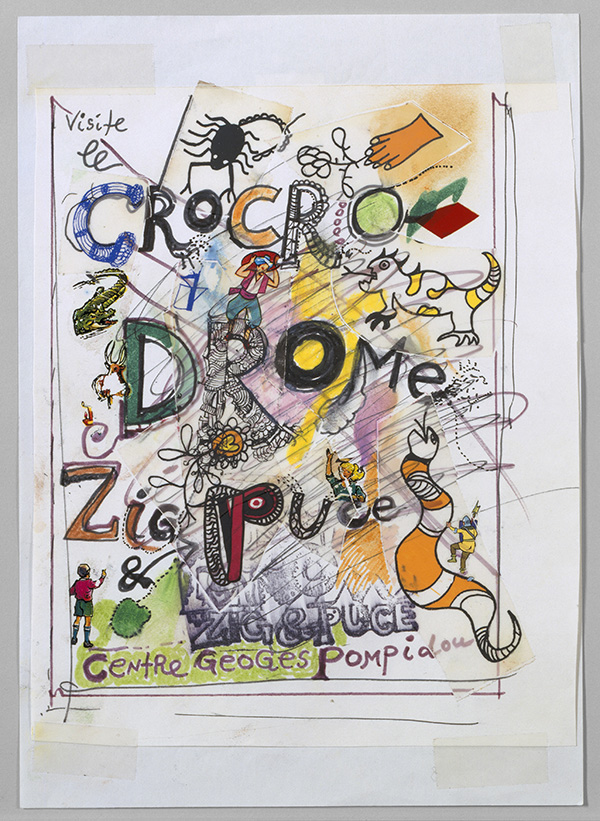ART CITIES:Amsterdam- Jean Tinguely
 The Swiss sculptor and pioneer of Kinetic art Jean Tinguely was a highly ingenious individual who explored several Avant-Garde art movements of the 21st Century, including Constructivism, as well as Neo-Dada and Surrealism. His main focus was with movement and machines, which often satirized technological civilization. His work was predominantly made from everyday objects, pieces of scrap or junk, and was of a mechanical nature, structured like machinery, but serving no purpose.
The Swiss sculptor and pioneer of Kinetic art Jean Tinguely was a highly ingenious individual who explored several Avant-Garde art movements of the 21st Century, including Constructivism, as well as Neo-Dada and Surrealism. His main focus was with movement and machines, which often satirized technological civilization. His work was predominantly made from everyday objects, pieces of scrap or junk, and was of a mechanical nature, structured like machinery, but serving no purpose.
By Efi Michalarou
Photo: Stedelijk Museum Archive
Precisely 25 years after his death the Stedelijk Museum opens “Machine Spectacle” a Jean Tinguely retrospective, the largest-ever exhibition of the artist to be mounted in a Dutch museum. With 100 machine sculptures, most of which are in working order, paired with films, photos, drawings, and archive materials, the retrospective is a chronological and thematic journey of Tinguely’s artistic development and ideas, from his love of absurd play to his fascination for destruction and ephemerality. The presentation features his early wire sculptures and reliefs, in which Tinguely imitated and animated the abstract paintings of artists such as Malevich, Miró, and Klee, the “Interactive Drawing Machines”, with them he critiqued the role of the artist and the elitist position of art in society and wild dancing installations constructed from salvaged metal, waste materials, and discarded clothing, his streamlined, military-looking black sculptures and the imposing “Mengele-Totentanz” installation. Tinguely’s self-destructive performances are a special feature of the Stedelijk presentation. The enormous installations Tinguely created the period 1960–70: “Homage to New York”, “Étude pour une fin du monde No. 1”, “Study for an End of the World No. 2” and “La Vittoria” were designed to spectacularly disintegrate in a barrage of sound. The presentation also spotlights the exhibitions Tinguely organized at the Stedelijk, “Bewogen Beweging” (1961) and “Dylaby” (1962), and the gigantic sculptures he later produced “HON – en katedral” (1966), “Crocrodrome” (1977) and the extraordinary “Le Cyclop” (1969–94). The survey ends with a dramatic grand finale, the remarkable, room-filling installation, “Mengele-Totentanz” (1986), a disturbing display of light and shadow never previously shown in the Netherlands. Tinguely realized the work after witnessing a devastating fire, reclaiming objects from the ashes to piece together his installation: scorched beams, agricultural machinery, and animal skeletons. The final piece is a gigantic memento mori, yet also an invocation of the Nazi concentration camps. Its juddering movements and piercing sounds evoke a haunting, grisly mood.
Info: Stedelijk Museum Amsterdam, Museumplein 10, Amsterdam, Duration: 1/10/16-5/3/17, Days & Hours: Mon-Thu & Sat-Sun 10:00-18:00, Fri 10:00-22:00, www.stedelijk.nl

